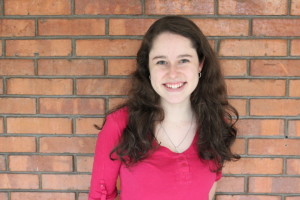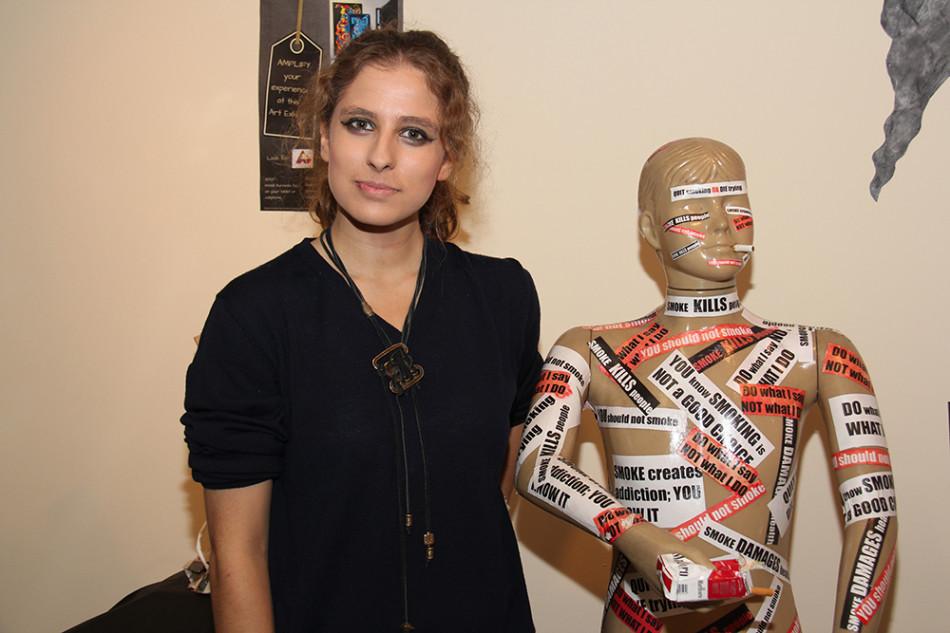The science behind Graded’s art exhibit
Have you visited the Graded art exhibition? If you haven’t, you are really missing out. As someone who rarely ventured up to the second floor of the Art Center, I truly felt transported to a new artistic realm as I stepped off the elevator (don’t judge me—it’s not like any of you haven’t chosen this option over the torturous stairs). There was beauty everywhere I looked. If hadn’t known better, I would have thought that I was in an art museum, in which case I would have been nervously trying to hide the fact that I hadn’t paid for a ticket. As I made my way through the lengthy hall and the senior gallery, I was shocked that this was all made by my fellow Graded students.
I’m no art expert, so I have no idea what qualities in each art piece made them seem so aesthetically pleasing and intriguing. Nevertheless, I love researching about cool (that’s right, cool) applications of scientific theories. Thus, I decided to look into some of the science behind the success of Graded’s art exhibition.
Luckily, I came across an interesting study written by neuroscientist V.S Ramachandran and philosopher William Hirstein, called “The Science of Art: A Neurological Theory of Aesthetic Experience.” Published in 1999, it discusses eight theories that could explain why we are attracted to certain aspects of visual art pieces.
One of the theories that I found to be particularly interesting was “The Essence of Art and the Peak Shift Principle.” Here, Ramachandran and Hirstein explain why we are often aesthetically pleased by caricatured art. But first, here is a little background on the Peak Shift Effect. Consider a rat being taught how to discriminate between a square and a rectangle. If it is rewarded for identifying rectangles, it will continue to respond more frequently to the shape. What neuroscientists have observed in these types of studies is that if a rat is then exposed to longer and skinnier rectangles, the animal will have an even greater response.
This idea can be applied to how we appreciate art. For example, one of the possible reasons that could explain a caricature’s appeal is how it exaggerates someone’s distinctive features while bringing less attention to those that are “average”: “The artist has amplified the differences that characterize [an individual’s face] in the same way that an even skinnier rectangle is an amplified version of the original prototype that the rat is exposed to.
This peak shift can be seen not only in the way artists use shape, but also in their use of color. For example, the vibrant blues and greens of impressionist paintings are larger-than-life, but because of Peak Shift the viewer doesn’t mind. This could explain why Andrea Ferreira’s First Impression Water Lilies was so aesthetically pleasing.
Another theory that stood out to me was “Isolating a Single Module and Allocating Attention,” for it explains how black and white pieces may sometimes be more stimulating than colored pictures. Some studies in the past have indicated that cells in the visual pathways are “adequately stimulated by edges and are indifferent to homogeneous regions.” This could partially explain why Bia Soares’s pencil drawings of Matt Dias and Kaique Castro’s tree woman were so beautiful: the juxtaposition of black and white could have provided more stimulus to the cells in our visual pathways. Similarly, this could be one of the reasons why Carol Yoo’s bone shirt was so striking (other than the fact that it was made of actual bones!), for the black net brought out the color of the bones.
These are only some of the intriguing theories presented by Ramachandran and Hirstein’s work, just as the works that I referenced are only some of the amazing pieces that can be spotted in Graded’s art exhibition. So do yourself a favor and stop by the Art Center as soon as possible to see some of the tremendous talent in our community. You won’t regret it!
Source: Ramachandran, V. S., and William Hirstein. The Science of Art: A Neurological Theory of the Aesthetic Experience” Imprint. Journal of Conscious Studies, 1999. Web.

Mariana Lepecki is one of the Editors-in-Chief of the magazine and has been part of the staff for the last three years. In previous years, she has been...






